ITR-5
1.WHAT IS ITR & WHAT ARE THE TYPES OF INCOME TAX RETURNS?
ITR stands for Income Tax Return, it is a form through which the amount of income earned, and taxes paid by the person during a particular year is communicated to the Income Tax Department.
Types of Income Tax Return
• ITR 1(also known as SAHAJ) for individuals.
• ITR 2 for individuals having capital income.
• ITR 3 for individuals having business income.
• ITR 4 for individuals declaring income under presumptive scheme.
• ITR 5 for llp & partnership firms.
• ITR-7 for ngo, trust, societies claiming benefits of 12a & 80g.
.
2.WHO IS ELIGIBLE TO FILE ITR-5?
Following are eligible to file ITR-5: –
• Limited Liability Partnership (LLP).
• Association of persons (AOP).
• Body of individuals (BOI).
• Artificial Juridical Person (AJP).
• Primary agricultural credit society.
• Society registered under societies Act, 1860.
• Trust, Ngo other than those who are eligible to file ITR-5.
• Business trust and investment fund.
.
NOTE:
Partnership firm opting for presumptive taxation scheme under the Income Tax Act cannot file ITR-5.
.
3.WHO ARE NOT ELIGILBE TO FILE ITR-5?
ITR-5 cannot be filed by: –
• Partnership Firm opting for presumptive taxation.
• Trust, Ngo claiming benefit of 12a/80g.
• Persons who are required to file the return under section 139(4A), 139(4B), 139(4C), 139(4D) or 139(4F).
4.TYPES OF INCOME THAT CAN BE SHOWN IN ITR-5?
Following are the types of income that can be shown in ITR-5(Income of eligible persons from below mentioned source can be shown in ITR-5)
• Income from sale of capital asset.
• Income from house property.
• Income from winning a lottery.
• Commission income from insurance business.
• Agriculture income exceeding Rs. 5,000.
• Income from engagement in activity of owning & maintaining racehorses.
• Income that is subject to special rates.
• Income from business or profession.
• Income from other sources like interest, dividends etc.
.
5.DOCUMENTS REQUIRED TO FILE ITR-5?
Following documents are required while filing ITR-5
• Interest certificates from banks. Post office, Nbfc etc.
• Investment details (if any).
• Donation receipts. (if any).
• Profit & loss accounts.
• Capital gain summary (if any)
• Rent receipts if income is from house property.
.
NOTE:
Since ITR’s are annexure less forms the above-mentioned documents are not to be attached with the ITR Form. However, one needs to keep these documents as it can be demanded by the tax authorities during assessment, inquires.
.
6.HOW TO FILE ITR-5?
By following the steps mentioned below one can file ITR-5
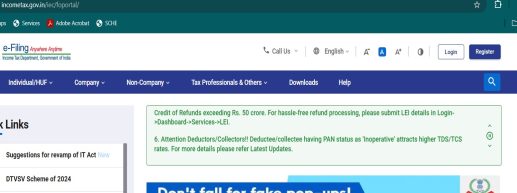
.
• Click on login and enter your pan & password to login to the income tax portal.
.
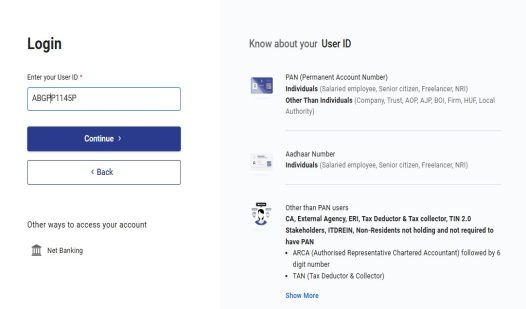
.

• Click on e-file, then click on file income tax returns.
.
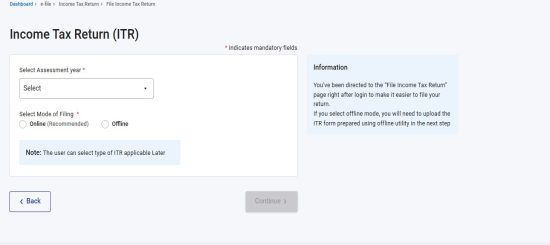
• Select the assessment year for which you want to file ITR and select the mode of filing (here we are telling about online filing procedure)
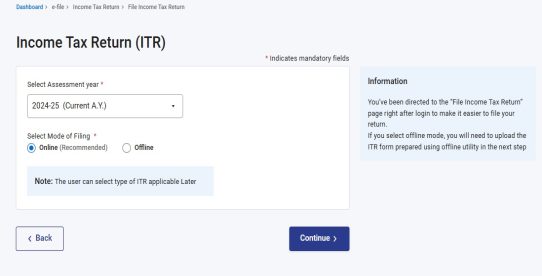
• The next step is to select the status of the entity for which you are filing ITR.
.
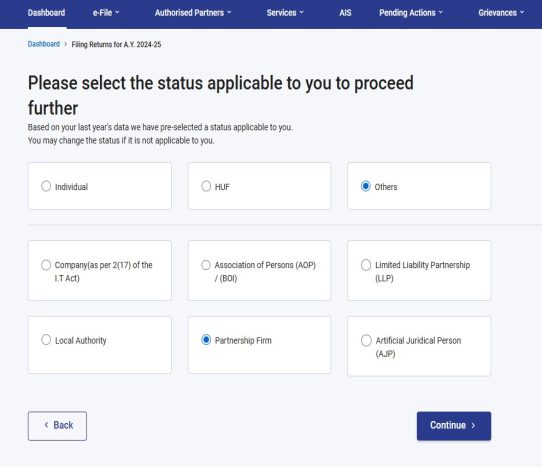
• Click on continue and select the ITR form i.e. ITR-5 in our case.
.

• Select the schedules that are applicable to you from the given schedules.
.

• The next step is to fill the basic details like directorship details. In this the basic details are divided into 2 parts, first part contains details like whether your registered under MSME, whether you are liable to audit etc., The second part contains details like change in partners, partner details.
.


• The next step is to fill the income details including Balance sheet and Profit and loss details.
.
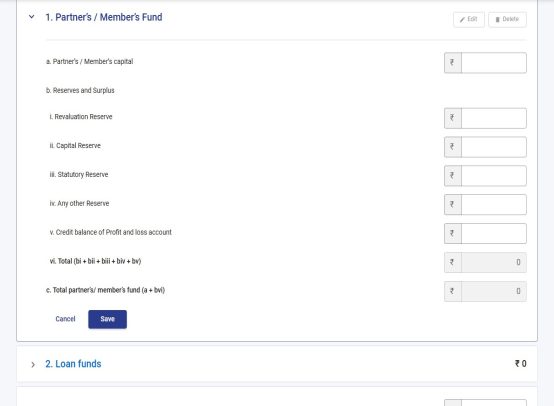
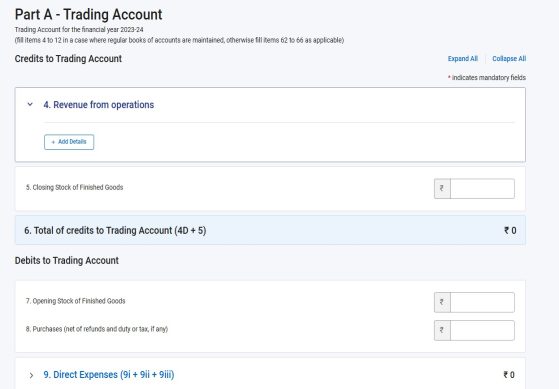
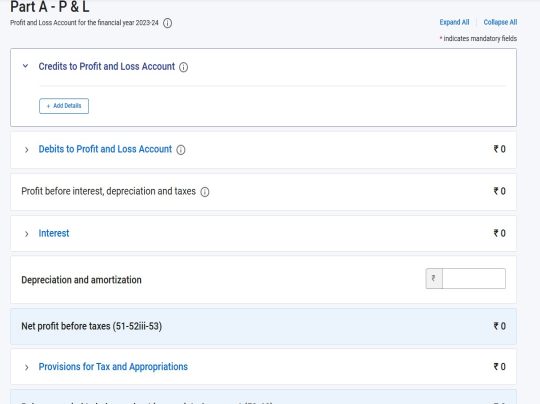
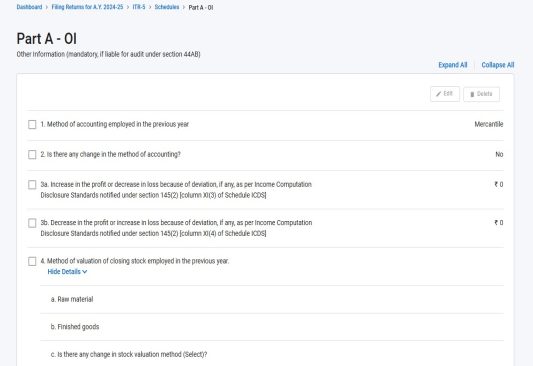
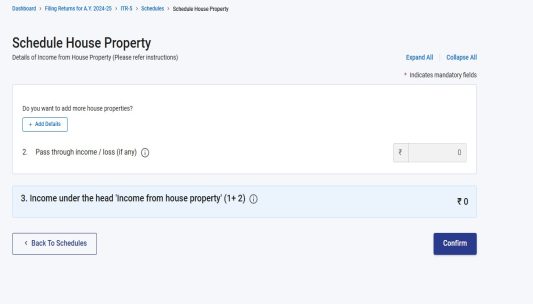
• In the Capital gain schedule, first select the type of Capital Asset sold: –
.

• After selecting the schedules fill the details accordingly into long term or Short term Capital Gain.
.
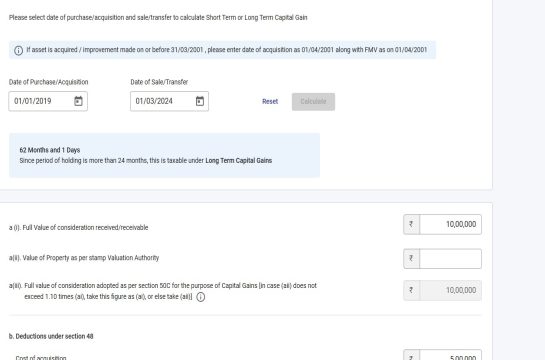


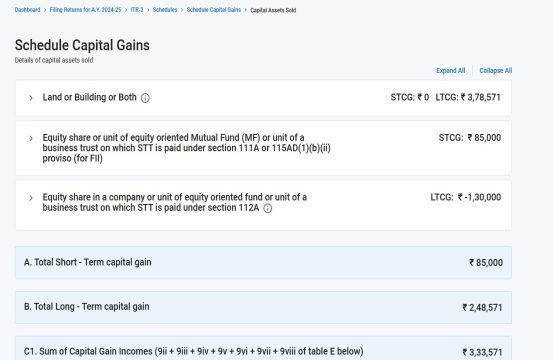
• After filing the capital gain details the next step is to fill the details regarding Virtual Digit Asset sold during the year.
.

• After filing the VDA details the next step is to fill the details regarding income from other sources.
.
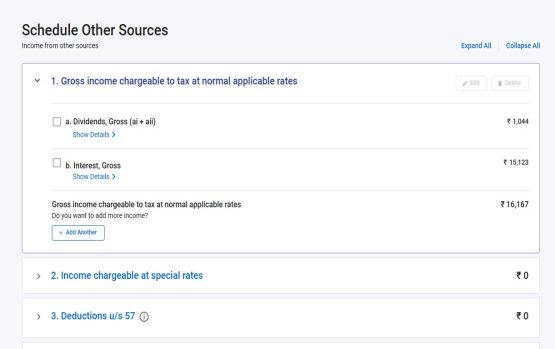
• The next step is to fill the depreciation schedule.
.

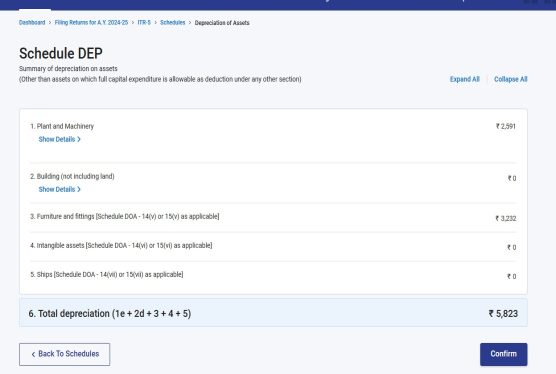
• The next step is to check the Schedule of current year losses and Schedule carry forward loss to correctly update your losses and carry forward if applicable.
.

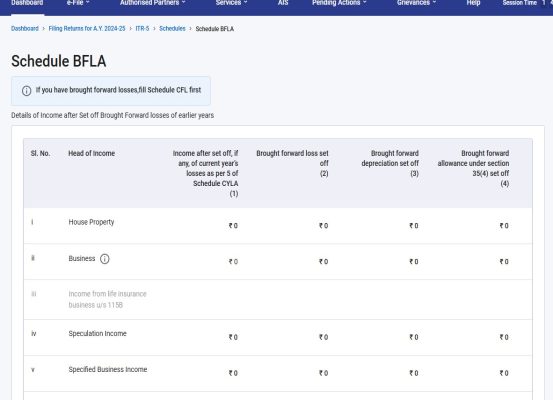
• The next step is to fill the unabsorbed depreciation schedule. Unabsorbed depreciation is the amount of unutilized depreciation which the assessee will not be able to claim as an expense in his return in the current year due to lack of sufficient profit.
.
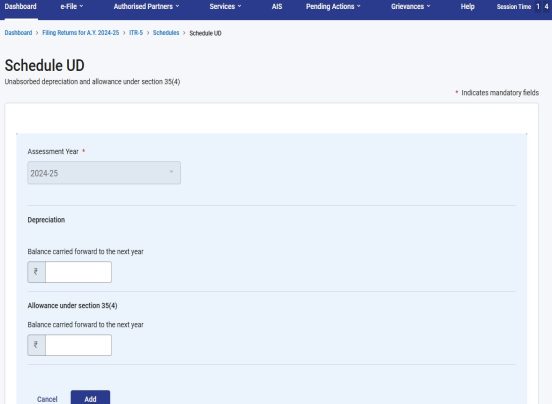
• The next step is to explain the effects of ICDS (Income computation disclosure standards) on profit.
.

.
• The next step is to claim deductions under various sections.
.


.
• The next step is to verify the details of taxed paid by you including the TDS deducted and TCS collected from you.
.
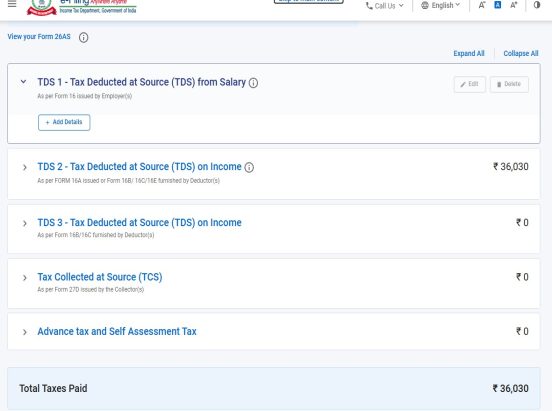
• The next step is to click on total tax liability, wherein the system will automatically calculate your tax liability and if taxes paid is greater than the tax liability you will be entitled to get a refund and if the tax liability is more than the taxes paid then pay the remaining tax liability.
.
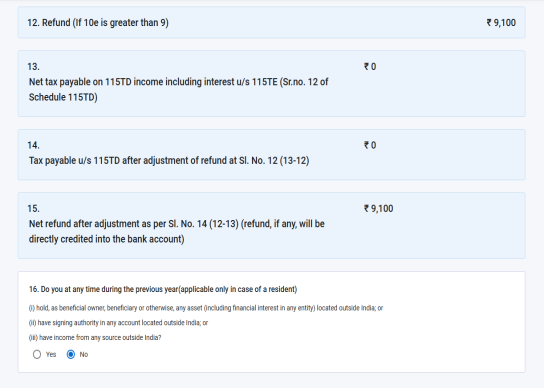
• After that click on preview return and verify the inputs provided by you
.

• Click on proceed to validation, if any error occurs clear the error and click on proceed to verification.
.
`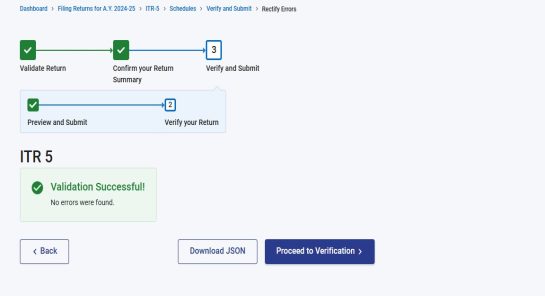
• The last step is to verify the return prepared you can verify the return through following methods: –
II.Through digital signature (DSC)
IV.Through pre validated bank account
V.Through pre validated demat account
VII.By sending signed physical copy to the Income tax department, Bengaluru.
.
.
.
.
.
.
.





































Add a Comment